Lipase is a kind of feed enzyme based on the deep-layer liquid fermentation of fine strains and advanced post-abstracting technology. Lipase can catalyze both oil α-bond and β-bond, can hydrolyze tr...
Learn More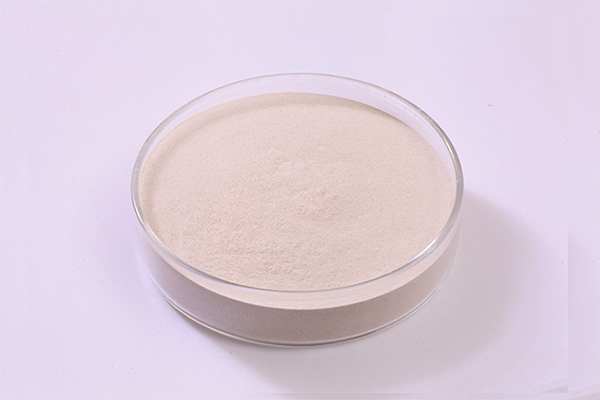
Significantly Improve Animal Intestinal Health, Improve Production Performance, Reduce The Use Of Drugs, And Promote A Comprehensive Ban On Feed Antibiotics.
Learn More
Effectively Degrade Mannanase To Produce Prebiotic Mannose Oligosaccharides.
Learn More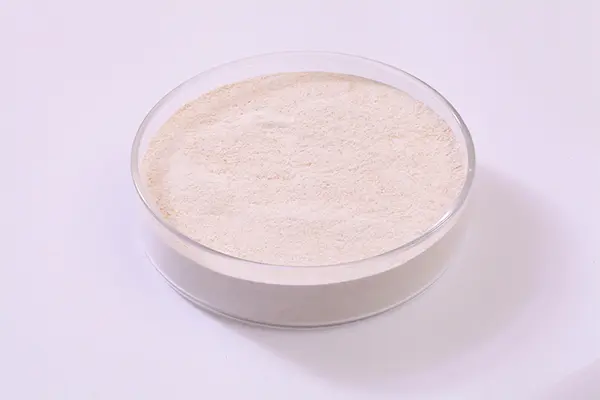
Effectively Degrade Xylan, Reduce Chyme Viscosity And Improve Nutrient Digestibility.
Learn More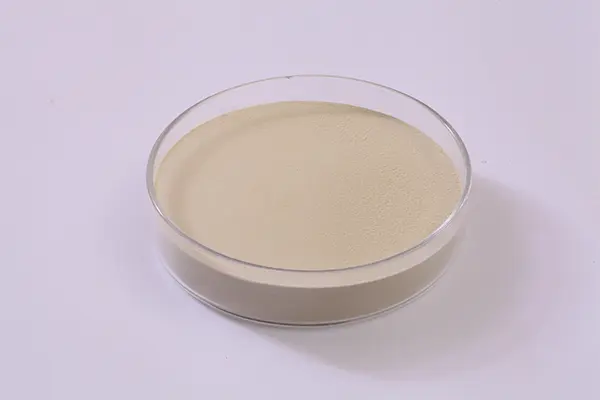
Effectively Degrade β-glucan In The Cell Walls Of Wheat And Cereals, Reduce Its Anti-nutritional Effects.
Learn More
Efficiently Break Cell Walls, Effectively Degrade Cellulose, And Convert It Into Absorbable Reduced Sugar.
Learn More
Effectively Degrade The Flatulence Factors Such As Raffinose And Stachyose In Beans, And Improve The Digestibility Of Energy Ingredients And Nutrients In Animals.
Learn More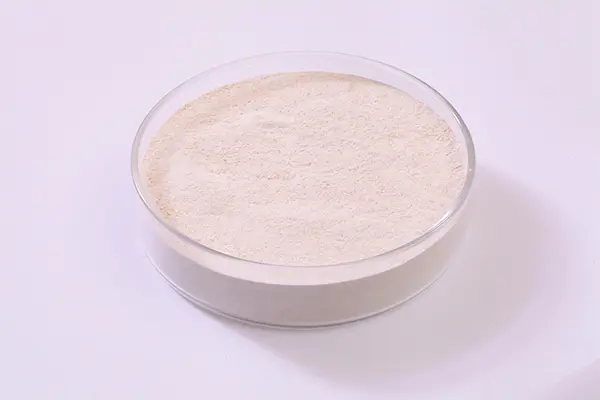
Improve Nutrient Digestibility, Improve Intestinal Health, And Improve Production Performance.
Learn More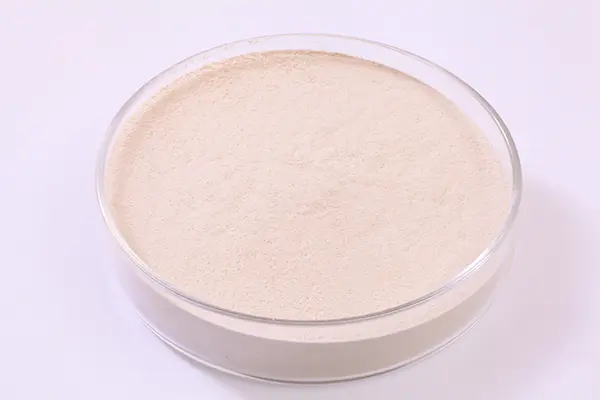
Improve Nutrient Digestibility, Improve Uniformity, And Prevent Overfeeding.
Learn More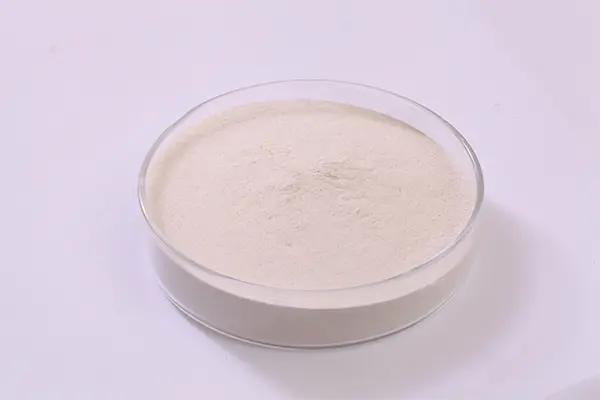
(1)The digestive system of young animals is not well developed and the secretion of digestive enzymes is insufficient. The aging of animals will also cause the reduction of digestive enzyme secretion. Coupled with environmental emergency stimuli such as transfer, transportation, and cooling, the secretion of digestive enzymes will also be severely affected. That's why animals need digestive feed enzymes to supplement the deficiency of endogenous enzymes
(2)The animal itself does not secrete phytase and NSP enzyme, so it must be added externally to ensure the animal’s high digestibility and utilization of these ingredients
(3) In addition to nutrients such as protein, carbohydrate and fat, feed also contains many anti-nutritional factors, such as phytic acid, non-starch polysaccharides (xylan, mannan, dextran, cellulose, pectin, galactosides and other cell wall components), proteins (trypsin inhibitors, plant lectins), starches (resistant starch), etc. Feed enzymes are added in order to reduce the anti-nutritional effects of anti-nutrients, increase the digestibility of nutrients, and ultimately increase digestibility of feed
At the young animal stage: The digestive system is not well developed and many digestive enzymes are insufficiently secreted. Therefore, it is recommended to add digestive feed enzymes, especially protease, amylase, lipase, and also add phytase, NSP enzyme and other animals feed enzymes that are not produced by animal itself to promote digestion and absorption of nutrients in young animals, and also reduce common problems such as diarrhea and indigestion
At the adult animal stage: The digestive function of the animal is relatively good, and it has good digestion ability for a variety of nutrients. If the adult animal diet contains more anti-nutritional factors, β-glucanase and pectin should be used in NSP enzyme preparations, such as cellulase and phytase can eliminate the adverse effects of anti-nutritional factors. Digestive enzymes can also be added to cope with insufficient secretion of digestive enzymes due to stress and further improve the digestion effect of animals on feed
1.(1)Wheat has lower energy value than corn, and contains more anti-nutritional factors, which is not easy to digest, mainly including arabinoxylan, cellulose, glucan, etc. Adding wheat complex enzymes can increase energy by 4%~7%
(2) Wheat's protein content is 13.5% which is higher than corn (8%), but the amino acid balance of wheat is slightly worse than corn.
(3)The content of calcium, phosphorus and phytase in wheat is higher than corn, and the utilization rate of phosphorus is also higher.
(4)The crude fat content of wheat is lower than that of corn, and the content of linoleic acid is also much lower than that of corn. Using wheat instead of corn in the diet can increase the hardness of animal fat and improve the quality of pork.
2. Application of enzyme solutions using wheat to replace corn.
(1)When the price of wheat and corn are not much different, wheat is cost-effective and you can use wheat to replace part of the corn.
(2) The maximum ratio of wheat to replace corn: 30% for nursery pigs, 40% for growing pigs, 60% for fattening pigs; 15% for small chickens, 25% for medium chickens, 35% for large chickens; 30% for broilers; 15% for small ducks and 35% for medium ducks, Big Duck 45%.
(3)Adding a variety of NSP enzymes can solve the problem of high NSP content in wheat diet: Adding high-efficiency xylanase can completely cut the branch chain and main chain of xylan, combined with β-glucanase and high-activity amylase, can improve the digestion and utilization rate of various nutrients in the feed.
No.28 Huiyuan Street, Economic Development Area, Shanghe County, Jinan, Shandong Province, China
E-mail
[email protected]
Jinan Office: +86-531-5577-2899
Nanjing Office: +86-025-5270-3891